Jan Haseler led a walk starting from the King William IV pub at Hailey, near Wallingford. Members were pleased to see the ‘Walkers welcome’ sign at the entrance to the top car park. It was a mild day with grey skies and some drizzle initially, but the skies became brighter as the morning progressed. Two Buzzards drifted above the car park and a few Fieldfares were heard. Setting off, the walkers turned right out of the car park, then after a short distance, turned right again and headed north along a track which was signed as the Chiltern Way. The track was closed to wheeled vehicles because electricity board workers were clearing trees from below the power lines, but walkers could still get through. The track led to a farm, then a footpath continued northwards, passing Glynne’s Wood, which had been planted in 2004 and where waxy red Guelder-rose berries stood out on a grey morning. The path dipped down across a ploughed field, then climbed up to lead into Wicks Wood. At the entrance to the wood was a memorial to six young men in their twenties who lost their lives when their plane crashed here during World War II. It is a beech wood, and the group were tempted off the path by snowy white Ivory Woodwax Hygrophorus eburneus fungi and specimens of White Saddle Helvella crispa. Then some marvellously camouflaged Hare’s Ear Otidea onotica fungi were spotted nearby. It proved to be a particularly good site for fungi, and other sightings included Deceiver Laccaria laccata, Amethyst Deceiver L. amethystina, Aromatic Knight Tricholoma lascivum, Beech Milkcap Lactarius blennius, Whitelaced Shank Megacollybia platyphylla, Saffron-drop Bonnet Mycena crocata, False Death Cap Amanita citrina, Sunny Brittlegill Russula solaris and several unidentified Coral fungi. The Sunny Brittllegill, which has a white and yellow cap, is one of the most attractive species in that genus. It associates with Beech and is seldom recorded. A dark brown Bolete with a red stem and yellow flesh was thought to be Matt Bolete Xerocomellus pruinatus. At this point, two members left the group and retraced their footsteps back to the start, spotting a Hare at the edge of a field on their way back. The rest of the group continued along the footpath to Woodhouse Farm, then turned right along a footpath which climbed along the edge of a ploughed field and up towards Mongewell Woods. In the farmyard, the trunks of a number of fallen trees had been stacked in a big open barn. Emerging from the heart wood were a number of tufts of Golden Scalycap Pholiota aurivella. As the group followed the footpath eastwards up through the fields, they were overtaken by a number of vehicles which were transporting people, dogs, guns and dead pheasants up the hill. It turned out that there was a shoot taking place, but the organisers were adamant that nobody on the public footpath would be in any danger of being shot. The field margin had been sown with a bird feeding mixture. Arable weeds found here included Sharp-leaved Fluellen, Field Madder, Fool’s Parsley, Wild Mignonette, Field Pansy and Burnet Saxifrage. Two Skylarks were seen. At the point where the footpath led into Mongewell Woods, there was a Permissive Bridleway which followed the eastern edge of the field southwards. Once again, the shoot organisers assured the group that nobody on the Permissive Bridleway would be shot. In the wood edge were many berry-bearing bushes and trees, including Buckthorn, Whitebeam and Wayfaring-tree, while flowers included Musk Mallow, Goat’s Beard, Greater Knapweed and Field Scabious. Two Broad-leaved Helleborine plants were spotted by a sharp-eyed botanist at the back of the group. (Everyone else had walked past them without noticing them.) The Permissive Bridleway led to the track which climbed uphill from the King William IV. The route started down this track, but after a short distance, the Permissive Bridleway passed through a gap in the hedge and followed the field edge downhill. Up against the shelter of the hedge, a Common Rock-rose plant had two flowers and a Pale Toadflax plant still had flowers. On the other side of the track, a row of Cortinarius fungi were growing by the fence. Finally, a Kestrel was spotted in the pub car park. Thanks to the tree-clearing work by the electricity board, the electricity supply to the pub had been turned off for the day, so the kitchen could not open. The pub staff had kindly transferred the booking to the Perch and Pike at South Stoke.
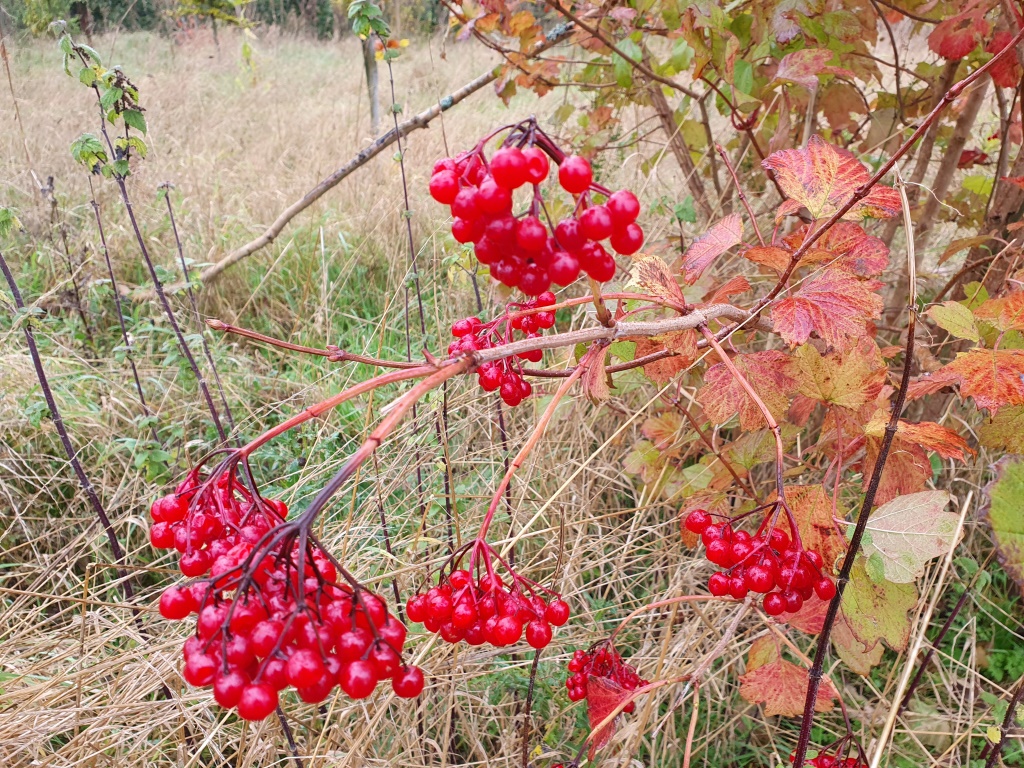
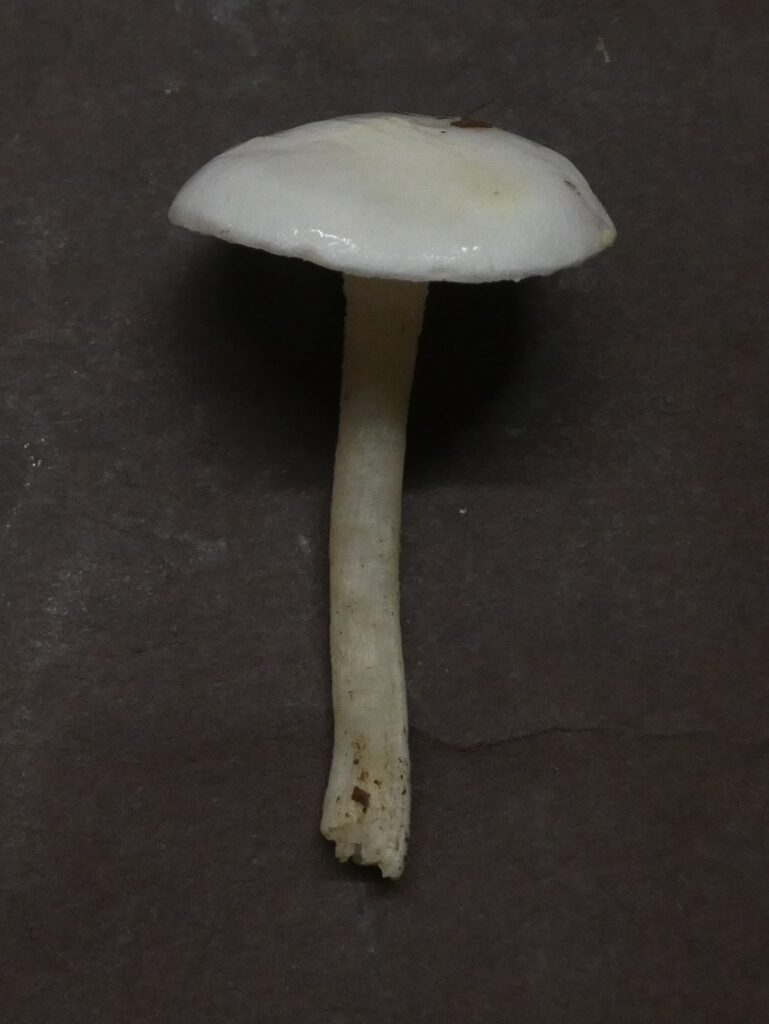
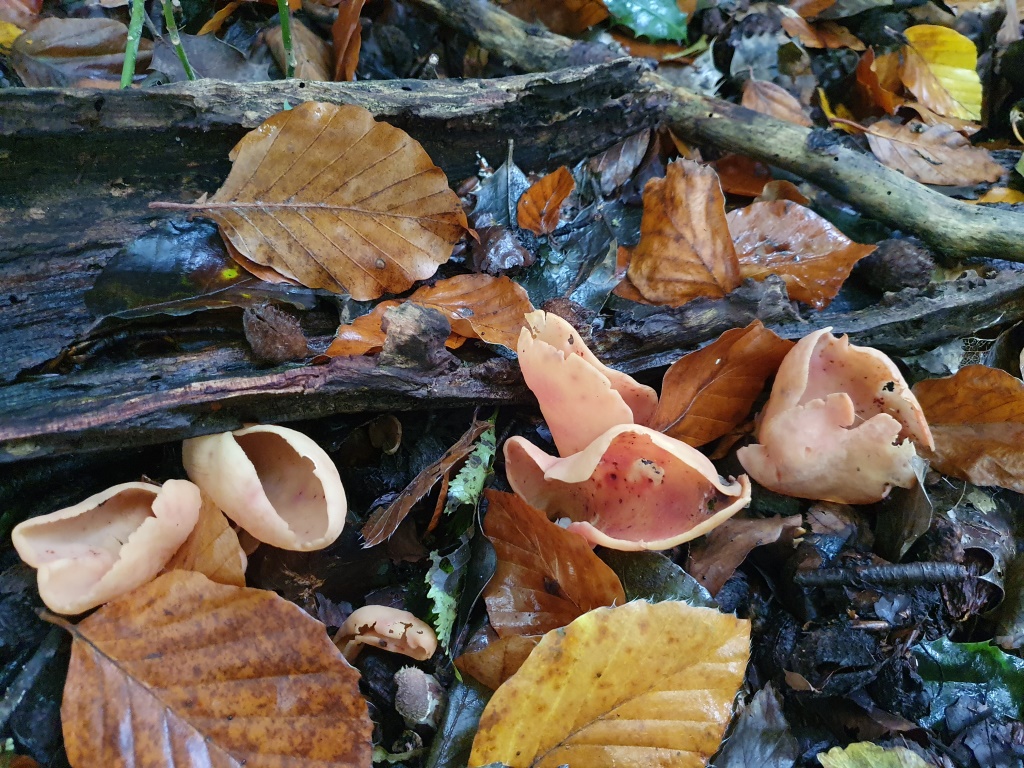
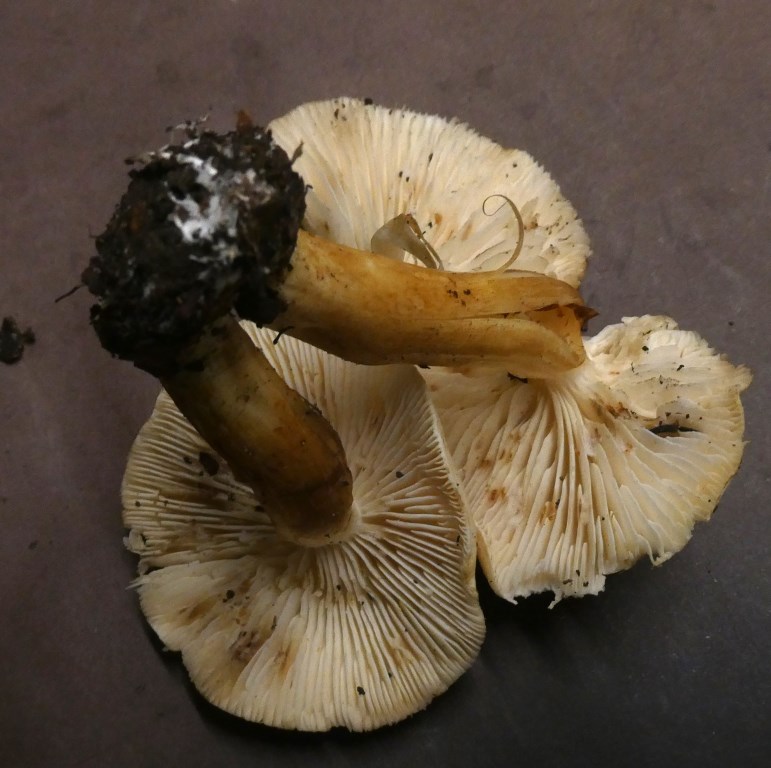
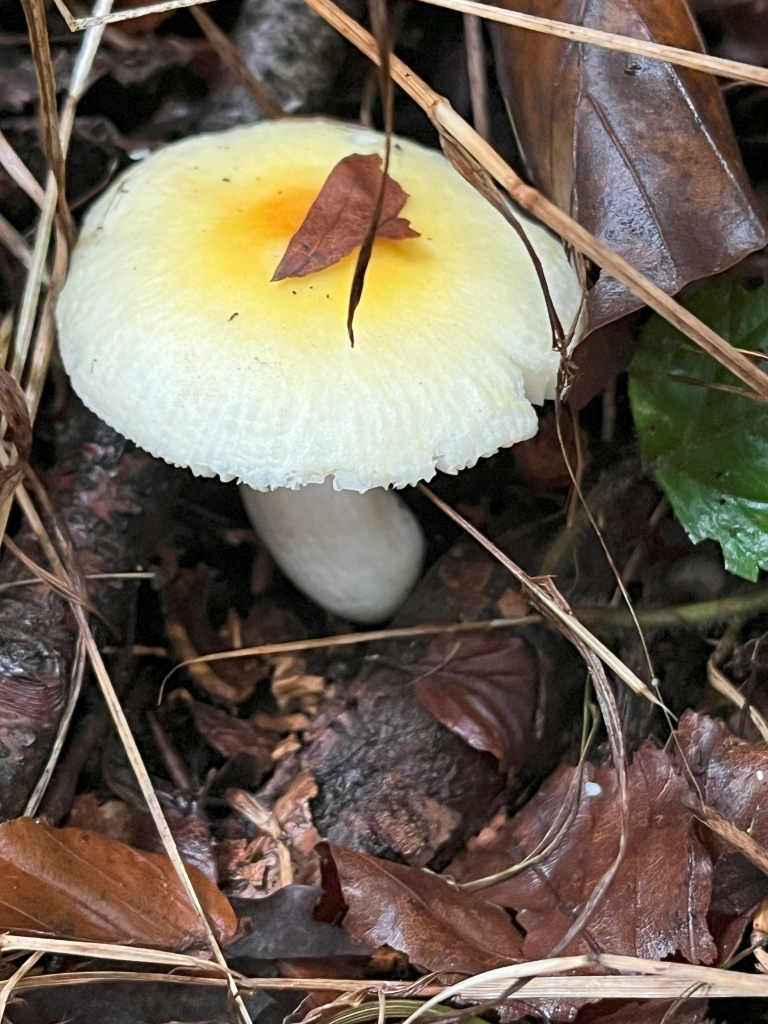
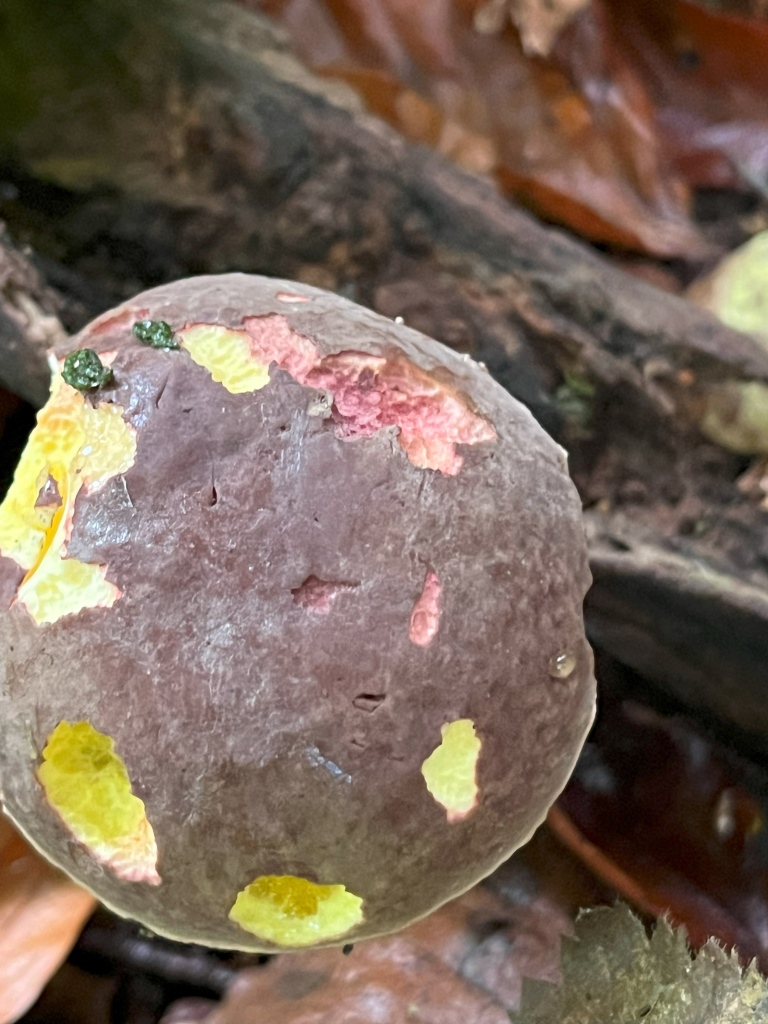
Pictures by Jim Wills and Fiona Cummins
